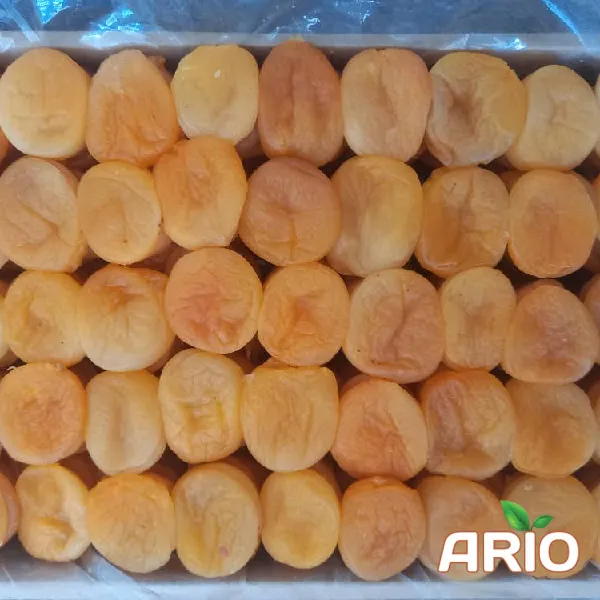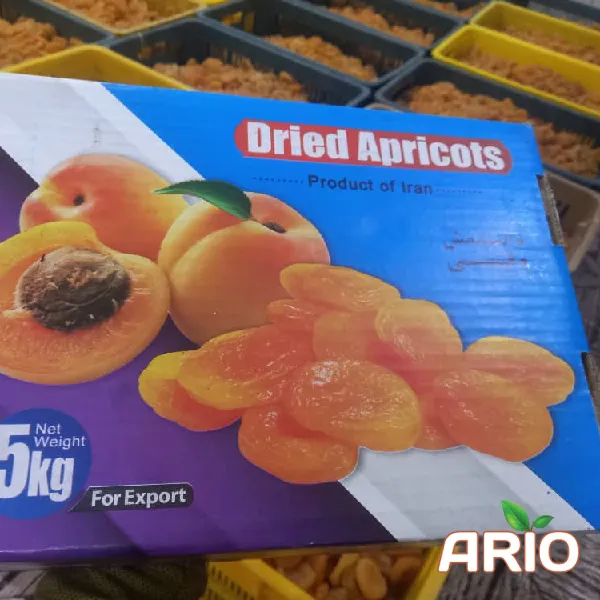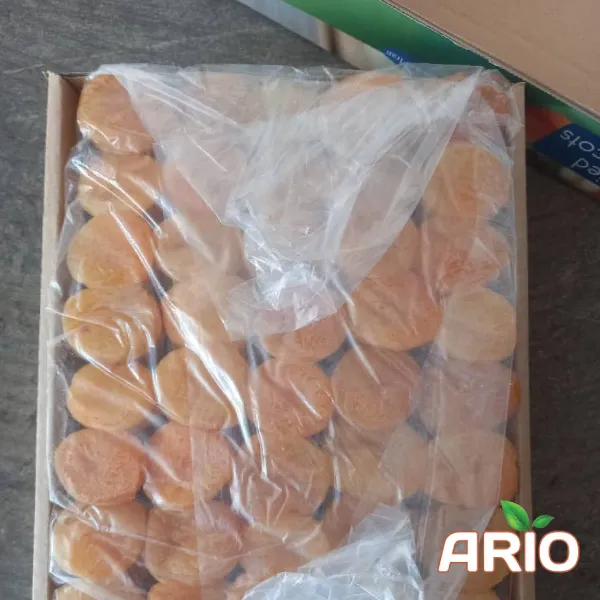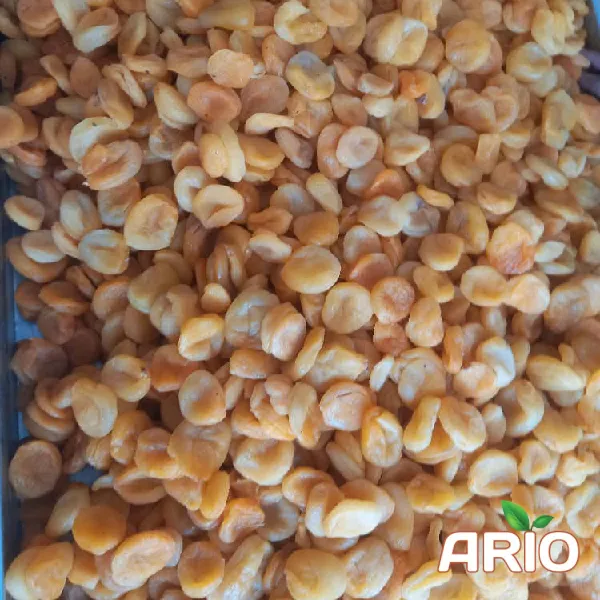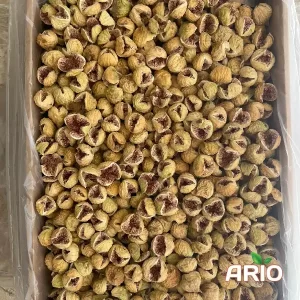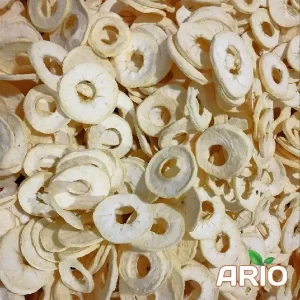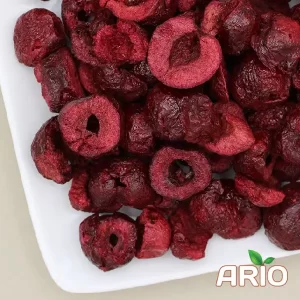Understanding What Makes Dried Apricots Valuable
Dried apricots are made by dehydrating fresh apricots, reducing their water content and increasing shelf life while preserving their nutrients. The global market offers two main types: sulphured and unsulphured. Sulphured apricots are brighter in color and have a longer shelf life due to the addition of sulfur dioxide, while unsulphured ones are darker and preferred by organic buyers.
Nutritionally, dried apricots are rich in fiber, potassium, vitamin A, and antioxidants. These benefits have fueled demand in health-conscious consumer markets, positioning dried apricots as an increasingly important product in global food trade.
Dried Apricot
Key Markets and Trade Statistics for Dried Apricot
According to the Observatory of Economic Complexity (OEC), Turkey remains the top exporter of dried apricots, especially from the Malatya region, contributing over 80% of the global supply. In 2022, the dried apricot trade was valued at over $600 million worldwide, with major importers including Germany, Russia, and the United Kingdom.
Understanding Harmonized System (HS) Code 081310 is essential for anyone involved in trade. This classification streamlines the import/export process and is used by customs authorities to assess duties and track trade flows.
Setting Quality Benchmarks and Sourcing the Right Product
When importing dried apricots in bulk, quality specifications vary by country and buyer preferences. Key attributes to assess include:
Moisture Content
Low moisture levels (typically below 25%) extend shelf life and reduce microbial risk.
Size and Grading
Apricots are usually graded based on their size and condition, ranging from premium-grade whole fruits to industrial-grade pieces used in processing.
Color and Texture
Sulphured apricots have a golden hue, while unsulphured varieties are brown to dark orange. Texture should be pliable, not brittle.
Packaging and Certifications
Ensure products come with quality certifications such as HACCP, ISO, or Organic certification, depending on your market.
To explore more dried fruit products, click here
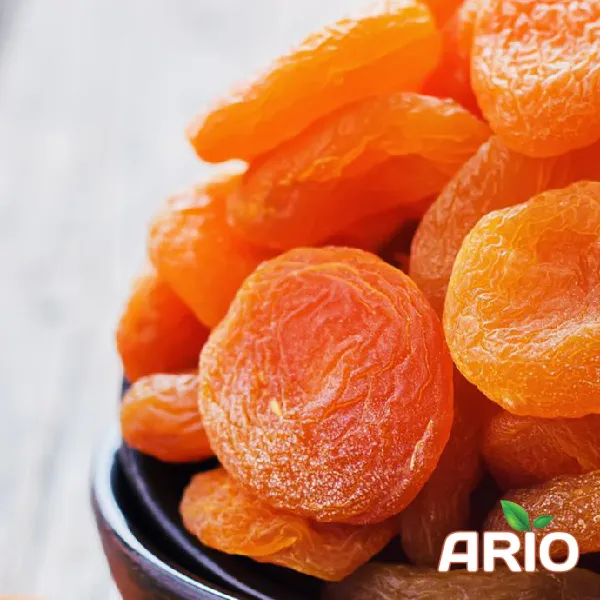
How to Import or Export Dried Apricots Successfully
Understanding legal and logistical frameworks is crucial. Here are the main considerations:
Compliance with Destination Market Regulations
The European Union, for instance, sets maximum residue limits for sulfur dioxide. Ensure your supplier meets these criteria.
HS Code and Tariff Research
Verify applicable duties via tariff databases like tariffnumber.com or the WITS platform by the World Bank.
Customs Clearance and Documentation
Work with freight forwarders who specialize in agri-food products to ensure smooth transit.
Contractual Agreements
Include clear clauses on product quality, delivery terms, and penalties for non-compliance.
Finding Reliable Suppliers for Bulk Dried Apricots
Choosing the right supplier can define the success of your import/export venture. Look for companies with:
Established Export Histories
Suppliers like Kiril Mischeff or Sunshine Delights offer a consistent record of trade in dried fruits.
Transparent Quality Control
Evaluate their inspection protocols, lab testing routines, and sourcing transparency.
Capacity for Bulk Orders
Ensure the supplier can handle volume, especially during seasonal harvests.
Best Practices for Storage and Shelf Life Management
Maintaining quality during transport and storage is key. Here are best practices:
Controlled Temperature Storage
Keep dried apricots in cool, dry environments (ideally below 15°C).
Vacuum or Modified Atmosphere Packaging
This preserves color, texture, and nutritional value during long transits.
First-In, First-Out (FIFO) Inventory
Prevent product aging and quality degradation by rotating stock efficiently.
Real-World Applications of Dried Apricots in Industry
Bulk dried apricots serve multiple industries:
- Retail and Private Label Brands: Sold as snacks or mixed into trail mixes.
- Food Manufacturers: Used in cereals, bakery items, energy bars, and baby food.
- Catering and Institutional Kitchens: A healthy, ready-to-use ingredient in large-scale food prep.
FAQ: Dried Apricots for Bulk Trade
Sulphured apricots use sulfur dioxide for preservation and color; unsulphured are naturally dried and darker.
The international HS code is 081310.
Turkey, Uzbekistan, and Iran lead global exports.
Yes, especially through platforms like Iran-Fruit.com, which specialize in dried fruit exports.
Shelf life ranges from 6 months to 1 year if stored properly.

